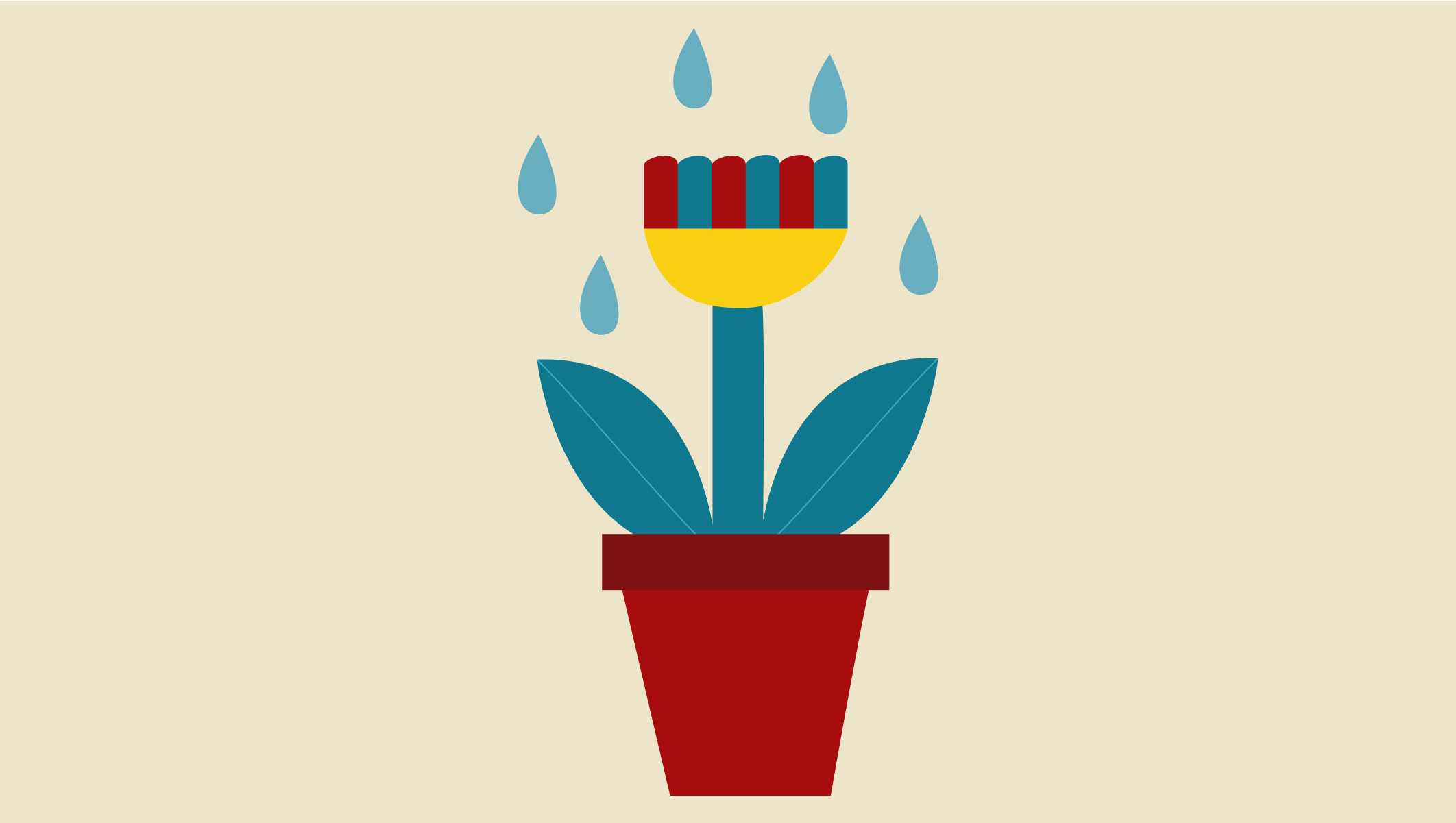How can we motivate young people to engage with INGOs?

Any nonprofit not prioritising the next generation of donors is not only missing a valuable opportunity but also overlooking significant global data. While traditional donors (Gen X and Baby Boomers) currently possess the most wealth and expendable income globally, the younger generation (Millennials and Gen-Z) exhibits the largest growth potential. This is shown both attitudinally, in their shared commitment to make a positive difference in the world and evidently, in their increasing charitable contributions through growing micro-donations.
However, despite this clear potential, INGOs across the board are failing to acquire donations from young people. This challenge prompted Plan International to collaborate with Here I Am to design a new global fundraising product specifically created to engage, convert, and build relationships with a younger donor base.
The project began with a rigorous discovery process, through which we engaged a total of 56 young people, across four target geographies, to understand their needs, motivations and barriers when it comes to donating.
What we discovered is that young people are donating to causes that matter to them, but their donation habits don't align with the traditional approach and structure of fundraising within a typical INGO.
So how can we motivate young people to engage with INGOs?
1. Bust the myths about INGOs
From the offset, it was clear from our research that mistrust and uncertainty was a significant barrier for young people, across multiple geographies, to engage with INGOs. There was a perception that money given to large INGOs may be used for overheads, rather than for those who need it most.
When we dug deeper into this insight, articulating the value of the unrestricted funding model and giving clarity to the associated operational costs, it was clear that the transparency of this information resonated with young people.
Therefore, the problem is one of communication. INGOs need to be clearer and more transparent about the importance of unrestricted funding — how it allows them to adapt, respond to emerging needs, and invest in sustainable solutions, ultimately enabling greater impact in communities. As Dan Palotta addresses in his TED talk, INGOs have a job to do to shift the narrative, but transparency is the first step towards convincing a young audience.
2. Meet young people where they are
Our research shone a light on the sporadic, reactive nature of young donor behaviour. They round up their e-commerce baskets, activate micro-payments through banking apps, and donate through gaming platforms or other social channels.
If INGOs want to engage young people, they need to be present throughout the online ecosystem that young people already occupy. They should offer a range of frictionless opportunities to donate, making it quick and easy for young donors to contribute at a moment that suits them.
3. Lead with the cause
Our research showed that the primary driver for young people to donate is the cause itself. Their donation behaviour is sporadic and responsive to cause-centric stories and headlines, demonstrating little loyalty to a particular fundraiser.
Therefore, INGOs must lead their communications with the causes they support to engage this younger audience. The rapid, responsive nature of their work should be reflected in their communications. Young donors want to know what work INGOs are doing right now to ensure that their money is going to the cause that is at the forefront of their minds.
4. Collaborate with young people to get it right
It was clear from our research that young donors are looking for a personal connection with the organisation and cause. They have a desire to feel part of a global community that is making a positive difference. Therefore, seeing and hearing from other young people as part of the project is an important motivation for them to engage.
Plan’s new global fundraising product was designed in collaboration with young people. Young people informed the research, supported the detailed design, and will become the voice of all communications. This collaboration will be ongoing to ensure the product continues to resonate with its young audience.
Inspired by this post?
We love to share perspectives, thoughts and ideas on creating digital ways to include the excluded. If you have a problem you'd like to discuss, we'd love to hear from you.




